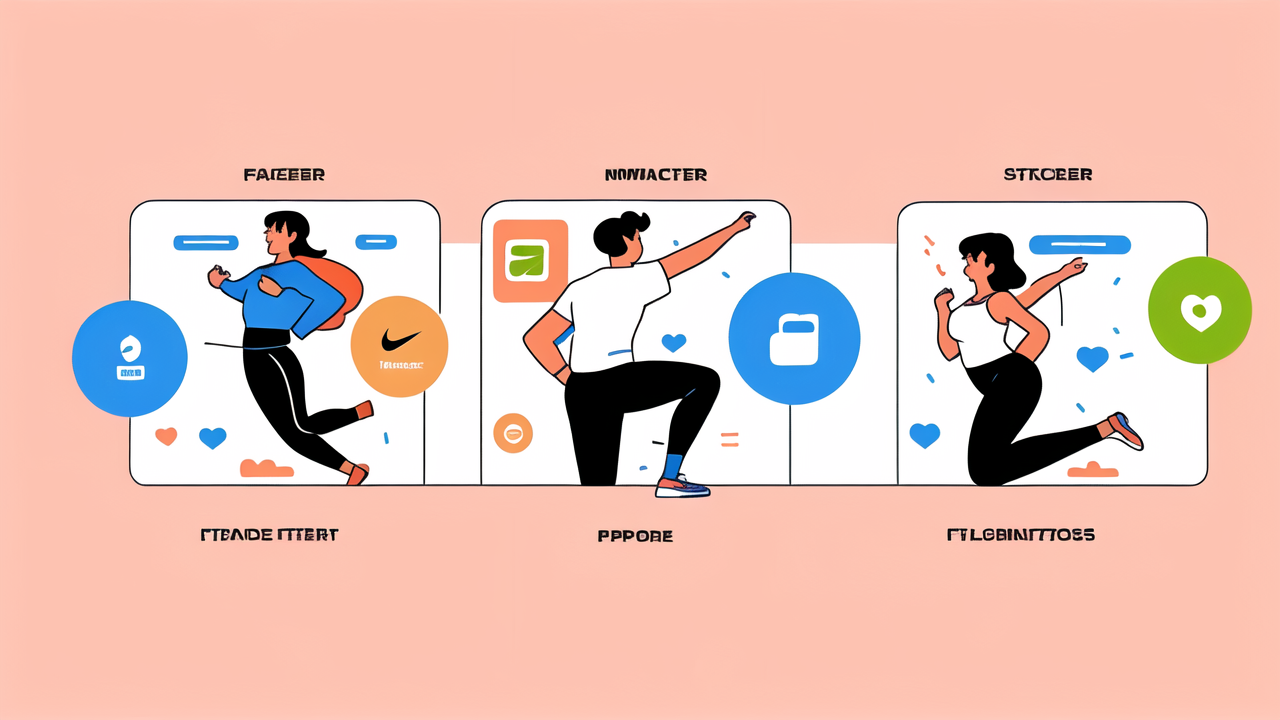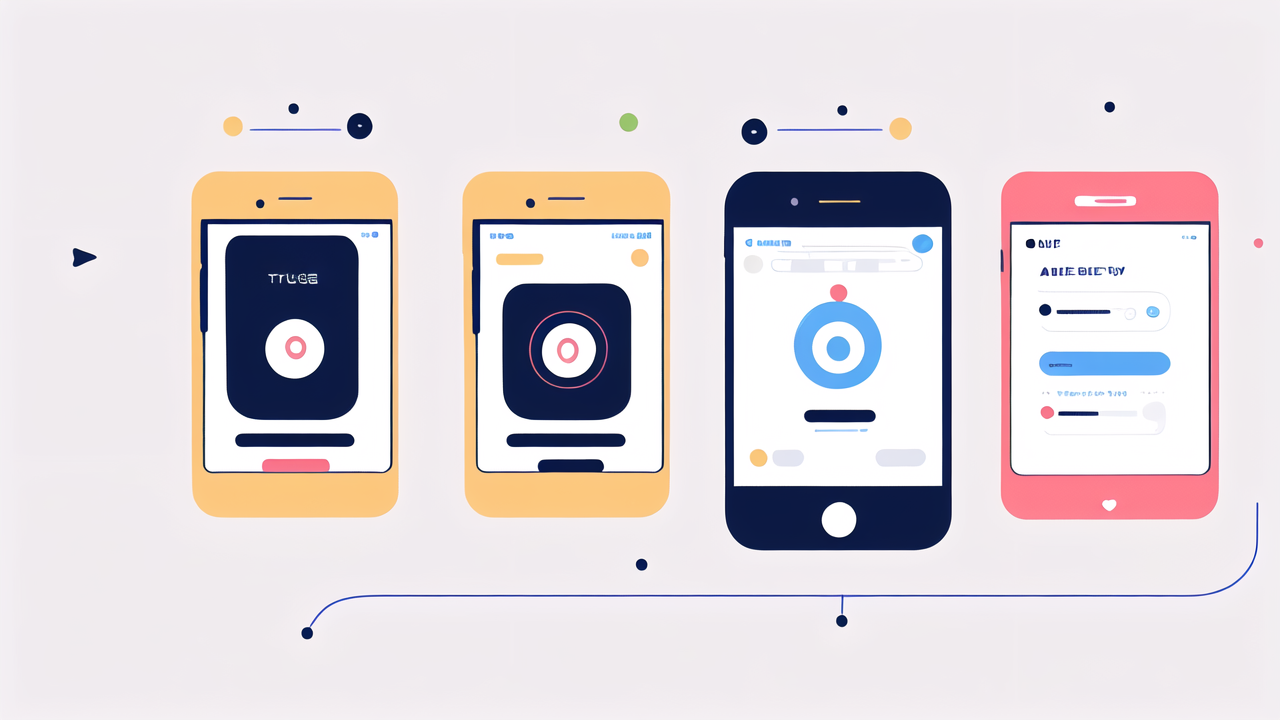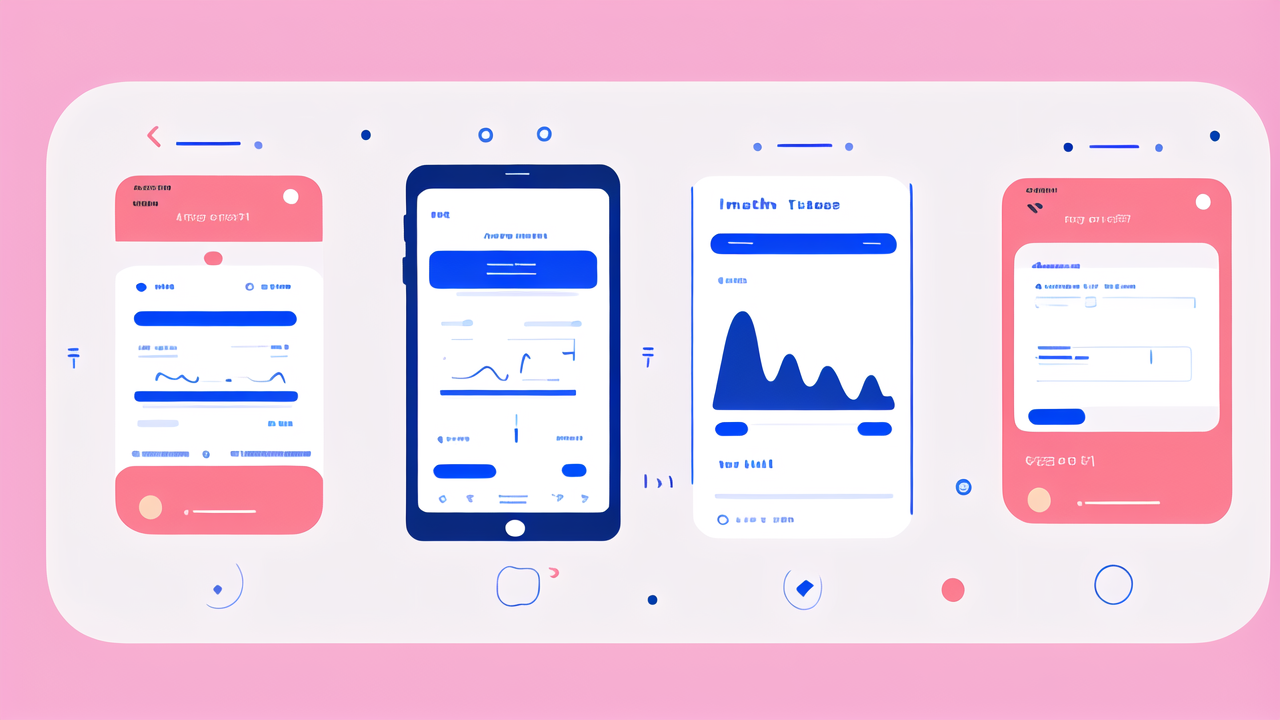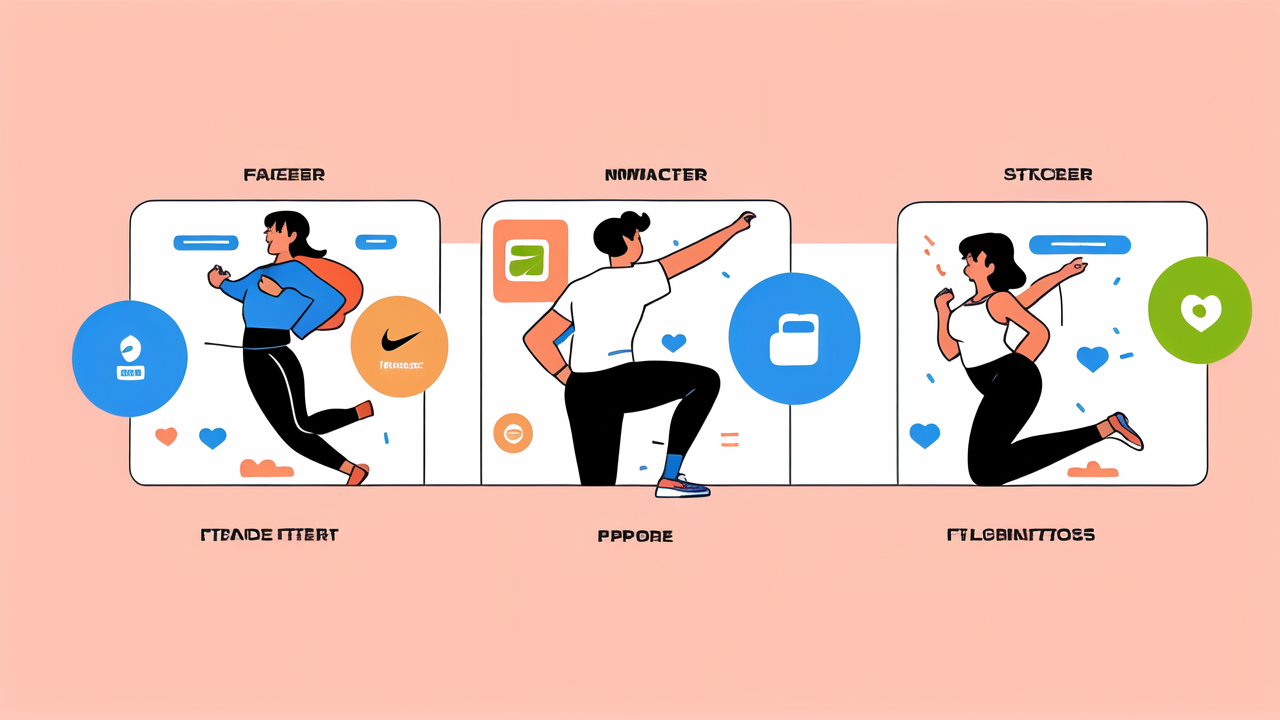The History of Fitness Tracking Technology in the United States
The Origins of Wearable Fitness Gadgets
Wearable fitness gadgets have come a long way since their humble beginnings. The first step counter,

invented in 1965, was a simple mechanical device. It used a pendulum to count steps. In the 1970s,
heart rate monitors emerged. These early devices were bulky and often inaccurate. They laid the
groundwork for future innovations. The 1980s saw the rise of personal fitness trackers. These
included basic calorie counters and pedometers. They were popular among fitness enthusiasts. However,
they were still limited in their capabilities.
Milestones in Fitness Tracker Development
The 1990s marked a turning point in fitness tracker technology. Digital pedometers became more
accurate and affordable. In 2006, Nike and Apple collaborated to create the Nike+iPod Sport Kit. This
was a significant milestone. It allowed users to track their runs using their iPods. Fitbit launched
its first tracker in 2009. It could measure steps, calories burned, and sleep quality. This was a
game-changer in the industry. Other companies soon followed suit. They introduced their own versions
of wearable fitness devices.
Impact of Digital Revolution on Fitness Regimes
The digital revolution transformed fitness tracking. Smartphones became powerful tools for fitness
enthusiasts. Apps could now track workouts, nutrition, and progress. Cloud computing allowed for data
storage and analysis. This made it easier to set and track fitness goals. Social media integration
added a competitive element. Users could share their achievements and compete with friends. This
gamification of fitness motivated many to stay active. The rise of wearable tech also changed how we
approach health. It made us more aware of our daily habits and physical activity levels.
Key Technologies Behind Today's Fitness Trackers
GPS and Real-time Data
GPS technology has revolutionized fitness tracking. It allows for accurate distance and route

tracking. This is especially useful for runners and cyclists. Real-time data provides instant
feedback on performance. Users can see their pace, distance, and calories burned as they exercise.
This immediate feedback helps in making adjustments during workouts. It also allows for more precise
goal setting and progress tracking. Many fitness trackers now offer GPS functionality. Some even work
without a smartphone connection. This makes them more versatile and convenient for outdoor activities.
Advanced Sensor Technology
Modern fitness trackers use a variety of advanced sensors. Accelerometers measure movement and count
steps. Gyroscopes detect orientation and rotation. Heart rate monitors use optical sensors to track
pulse. Some devices even include ECG sensors for more detailed heart health data. Altimeters measure
elevation changes, useful for hiking or stair climbing. Temperature sensors can track body heat
during workouts. These sensors work together to provide a comprehensive picture of physical activity.
They can detect different types of exercises automatically. This makes tracking more accurate and
user-friendly.
Software and User Experience Innovations
The software powering fitness trackers has become increasingly sophisticated. User interfaces are
more intuitive and customizable. Many trackers now offer personalized coaching and insights. They can
suggest workouts based on your fitness level and goals. Data visualization has improved significantly.
Users can now see detailed breakdowns of their activity and progress. Mobile apps sync seamlessly
with trackers. This allows for easy data access and analysis on smartphones. Some trackers now
integrate with other health apps and services. This creates a more holistic view of overall health
and wellness.
The Future of Fitness Tracking Devices
Integrating AI and Machine Learning
Artificial Intelligence (AI) and Machine Learning (ML) are set to transform fitness tracking. These

technologies can analyze vast amounts of data to provide personalized insights. They can predict
potential health issues based on activity patterns. AI-powered virtual coaches may offer more
effective training programs. These could adapt in real-time based on performance and recovery. ML
algorithms could detect anomalies in health data. This could lead to early detection of health
problems. As AI and ML advance, fitness trackers will become more like personal health assistants.
The Role of Big Data and Analytics
Big data is playing an increasingly important role in fitness tracking. Companies are collecting vast
amounts of user data. This data is being used to identify trends and patterns in health and fitness.
Analytics can provide insights into population health trends. This could be valuable for public
health initiatives. Personal analytics will become more detailed and actionable. Users may receive
more specific recommendations based on their data. Privacy concerns will need to be addressed as data
collection expands. Balancing data use with user privacy will be a key challenge.
The Expansion of Wearable Tech Market
The wearable tech market is poised for significant growth. New players are entering the market with
innovative products. Traditional watch manufacturers are incorporating fitness tracking features.
Smartwatches are becoming more powerful and versatile. Some devices are focusing on specific sports
or activities. Others are targeting health conditions like diabetes or heart disease. The line
between medical devices and consumer gadgets is blurring. This could lead to more advanced health
monitoring capabilities. As technology improves, wearables may become even more integrated into our
daily lives. The future of fitness tracking is exciting and full of potential.




Leave a comment
This site is protected by hCaptcha and the hCaptcha Privacy Policy and Terms of Service apply.